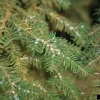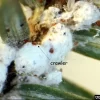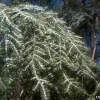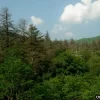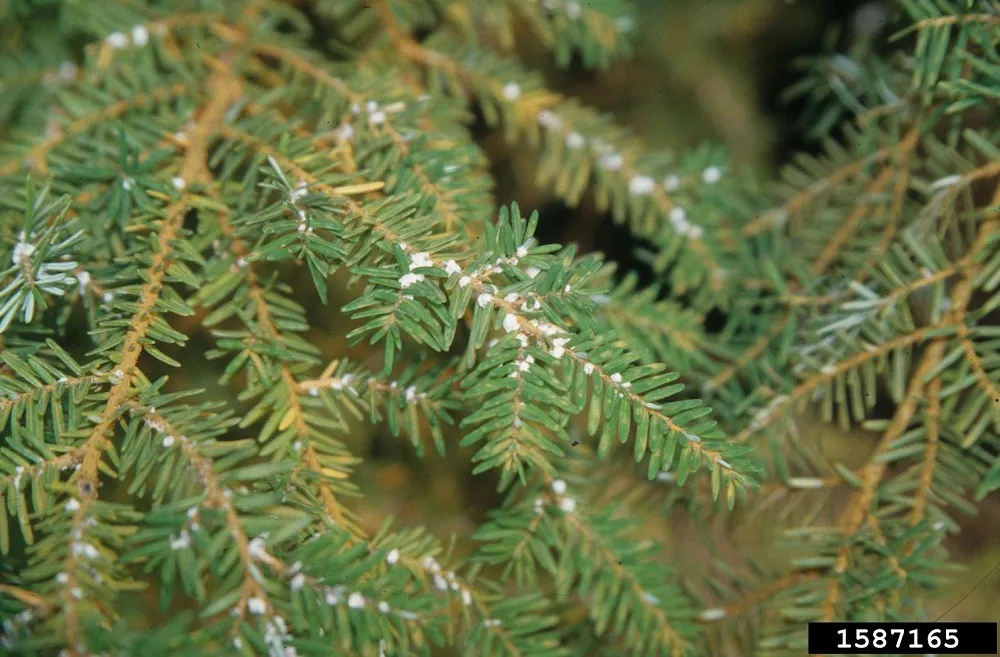X
CONTACT US
Great Lakes Center, SAMC 319
SUNY Buffalo State
1300 Elmwood Ave., Buffalo, NY 14222
wnyprism@buffalostate.edu
(716) 878.4708
SUBSCRIBE TO LISTSERV
FOLLOW US
CONTACT
Hemlock Woolly Adelgid
COMMON NAME:
Hemlock woolly adelgid (HWA)SCIENTIFIC NAME:
Adelges tsugaeORIGIN:
AsiaDESCRIPTION:
HWA is a tiny, aphid-like insect that was first reported in the eastern United States in the 1950's. HWA is less than 1/16" long, and is dark reddish-brown to purplish-black in color. Its name derives from a white "wool-like" covering, called an ovisac, on mature egg-laying adults.HABITAT:
HWA develops and reproduces on all hemlock species, but attacks the eastern and carolina hemlocks only.THREAT:
The adelgid causes hemlock decline and mortality within 4-10 years of infestation in its northern range. During the fall and winter months, developing adelgids feed on young twig tissue, including starch reserves critical to the tree's survival.MANAGEMENT:
Moving bird feeders away from hemlocks, removing infested trees from woodlots, and state quarantines may help to slow the spread, while insecticides and biological controls can be used for local eradication.
SYMPTOMS:
The white, woolly ovisacs can be easily identified on the undersides of hemlock branch tips from late fall to early summer. Infested trees may appear grayish from a distance.
WNY PRISM PRIORITY:
Tier 4 - Local Control
ADDITIONAL RESOURCES:
NYS Prohibited and Regulated Species - Part 575:
Prohibited
PATHWAYS OF INVASION:
Pathways
Hemlock woolly adelgid was introduced to the United States through the Nursery and Landscaping industry, through contaminated plant shipments. The insects are spread by attaching to boots, clothing and birds.
Hemlock woolly adelgid is a prohibited species in New York State - for more information on Prohibited and Regulated Species, visit http://www.dec.ny.gov/animals/99141.html.


